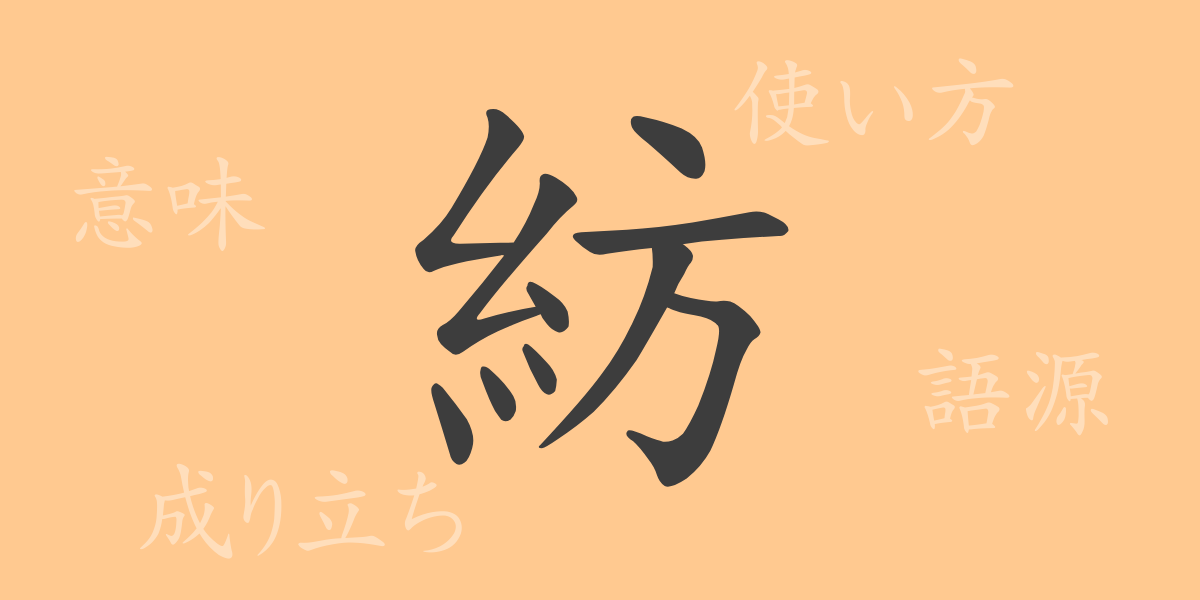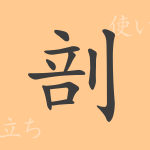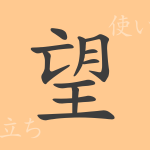Language weaves culture and forms the threads of history. The Japanese language, with its many kanji characters passed down through the ages, each holds a unique story. This time, we focus on the commonly used kanji “紡(ぼう),” delving into its profound meaning and usage. Let’s rediscover the charm of words through the rich expressiveness of this single character.
The Origin of 紡(ぼう)
The kanji “紡(ぼう)” originated from the act of spinning thread. It combines the radical “糸(いとへん),” meaning “thread,” with “丰(ほう),” representing a hand, depicting the image of spinning thread by hand. Spinning thread has been an essential task for making clothing since ancient times, deeply connected to people’s daily lives, and this kanji reflects a part of everyday life.
The Meaning and Usage of 紡(ぼう)
The character “紡(ぼう)” is primarily used to mean spinning thread, but it also metaphorically represents the continuation or perpetuation of things. For example, “spinning a story” or “weaving history” conveys the image of creating something meticulously over time.
Pronunciation, Stroke Count, and Radical of 紡(ぼう)
Let’s take a closer look at the pronunciation, stroke count, and radical of the kanji “紡(ぼう).”
- Pronunciation: The on’yomi (音読み) is “ボウ(bou),” and the kun’yomi (訓読み) is “つむぐ(tsumugu).”
- Stroke Count: “紡(ぼう)” is composed of a total of 10 strokes.
- Radical: The radical is “糸(いとへん),” categorizing it among kanji related to thread.
Idioms, Proverbs, and Phrases Using 紡(ぼう)
There are numerous idioms, proverbs, and phrases that include “紡(ぼう),” each illustrating the depth of the Japanese language. For instance, “紡績(ぼうせき)” means spinning thread and weaving fabric, and “紡錘(ぼうすい)” refers to a part of a spinning wheel used for winding thread. Additionally, “言葉を紡ぐ” means to carefully construct words, highlighting the importance of communication.
Summary of 紡(ぼう)
Understanding the meaning imbued in each kanji character is key to deeply appreciating the beauty of the Japanese language. The commonly used kanji “紡(ぼう)” encompasses not only the act of spinning thread but also abstract concepts like weaving time, stories, and history. This diversity in expression through a single kanji showcases the richness of the Japanese language, which we hope you can feel in your daily life.

























